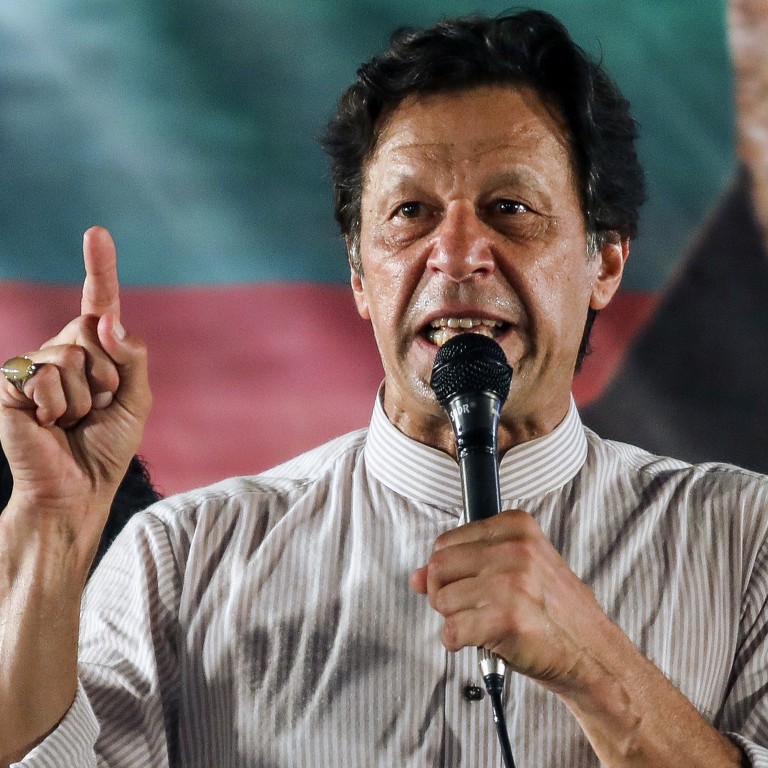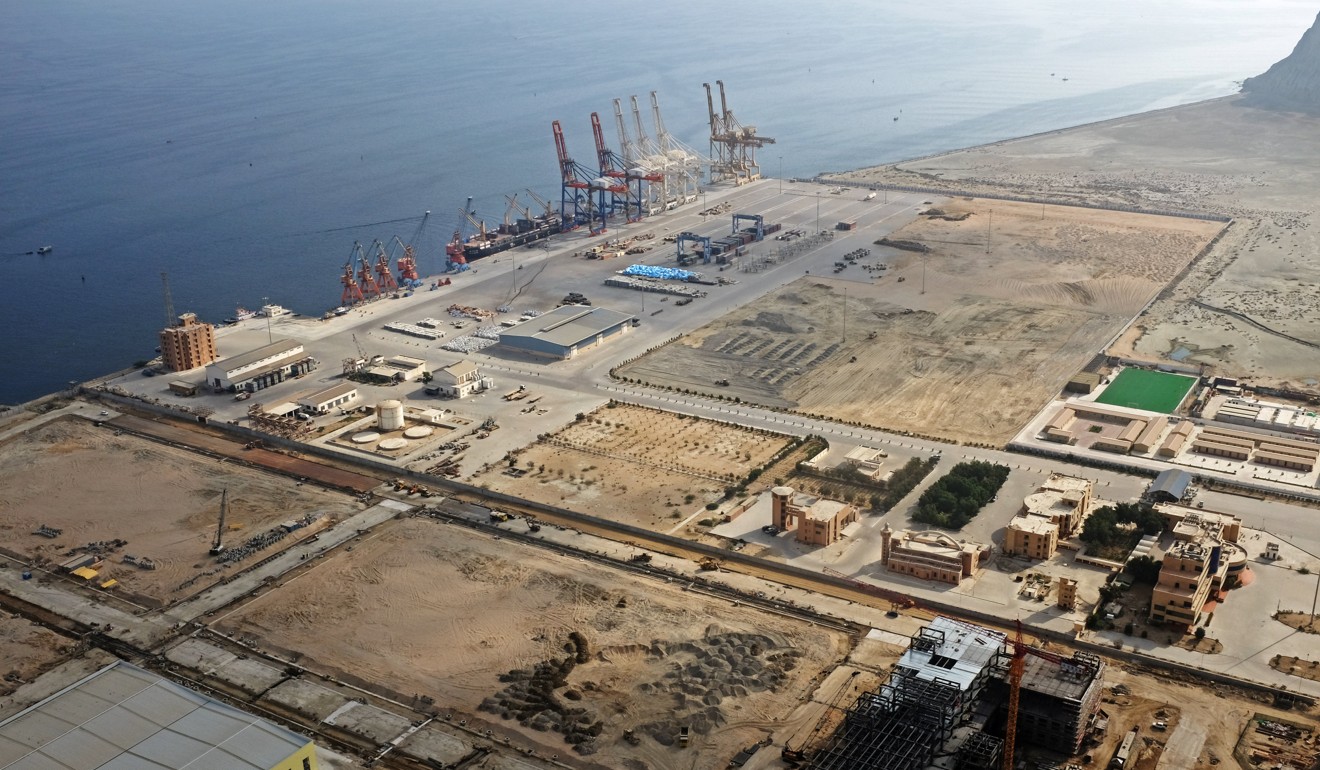
Cash-strapped Pakistan asks China to shelve US$2 billion coal plant
- Islamabad is evaluating Chinese projects seen as ’expensive and not necessary’ in an effort to ‘save public money’, says government source
Pakistan has officially asked China to shelve a joint US$2 billion coal power project from the US$62 billion China-Pakistan Economic Corridor (CPEC) infrastructure project, claiming it will be too expensive and should not be an immediate priority.
The request was made when Makhdoom Khusro Bakhtyar, Pakistan’s minister for planning and development, travelled to Beijing in December for a CPEC coordination meeting, according to a government official not authorised to speak publicly on the matter.
“The government is evaluating some of the Chinese projects, which are more expensive and not necessary at the moment to save public money,” the official said. “We have to focus on our priorities, including the development of Gwadar port and the western route of CPEC, which connects the hinterlands of Baluchistan and Khyber-Pakhtunkhwa provinces.”
The official said government advisers had pointed out there was more power generation capacity coming online from other projects.
Bakhtyar did not respond to inquiries on Tuesday. He first revealed last September the government’s intention to give up on imported coal energy projects, including the Rahim Yar Khan Coal power project in Punjab province. Then, Yao Jing, China’s ambassador to Pakistan, said Beijing was open to changes proposed by the new government and “we will definitely follow their agenda”.
Lijian Zhao, the deputy chief of mission at the Chinese embassy in Islamabad, on Tuesday said the decision to “abandon” the power plant project was made long ago and by the previous government.
Pakistan’s finance minister Asad Umar told reporters: “The CPEC is now moving from an infrastructure and energy phase to trade and industry sectors.”
This was meant to be Xi Jinping’s year. Then China’s Belt and Road unravelled
The plant, included in the CPEC in January 2016, would have added 1,320 megawatts of energy to the national grid, addressing Pakistan’s electricity shortage. Officials in the previous government led by Nawaz Sharif tried to shelve it due to heavy expenditures but Chinese officials successfully protested.
Since he took office in August last year, Pakistani Prime Minister Imran Khan’s government has tried to scale back the CPEC, claiming the country cannot afford all the projects and calling for a greater focus on expanding agriculture and job creation for young people.

Pakistan is confronting a balance of payments crisis, after the rupee lost 25 per cent of its value against the US dollar in 2018. Khan’s government has approached Saudi Arabia, China, Abu Dhabi and the International Monetary Fund for help. Beijing has reportedly pledged to lend Islamabad US$4 billion.
“Pakistan at the moment is interested in liquid cash instead of investment due to the balance of payment issue and Khan’s government is interested in cash in return for shelved Chinese power projects,” said Qamar Cheema, a political analyst based in Islamabad.
“Building infrastructure is not a priority of Khan’s government as they have reduced and stopped public sector development projects,” Cheema said, adding Pakistan had benefited from the CPEC’s focus on infrastructure projects.
With CPEC, Pakistan risks Chinese anger by courting Saudi Arabia
Michael Kugelman, a senior associate for South and Southeast Asia at the Washington based Woodrow Wilson Centre for Scholars, explained Pakistan’s focus on cutting costs.
“Pakistan’s government is wisely trying to bring costs down in its energy sector, and reducing expensive hydrocarbon imports, including coal, is a useful way to do so,” Kugelman said. “The big question for Pakistan is how it compensates for any reductions in expensive coal imports. Does it try to tap into its unexplored reserves in the deserts of Sindh? Does it try to ramp up indigenous supplies of clean energy? Or some combination of both?
“This decision is rooted more in matters of utility and efficiency – a desire not to take on redundant investments – than in financial considerations.”

